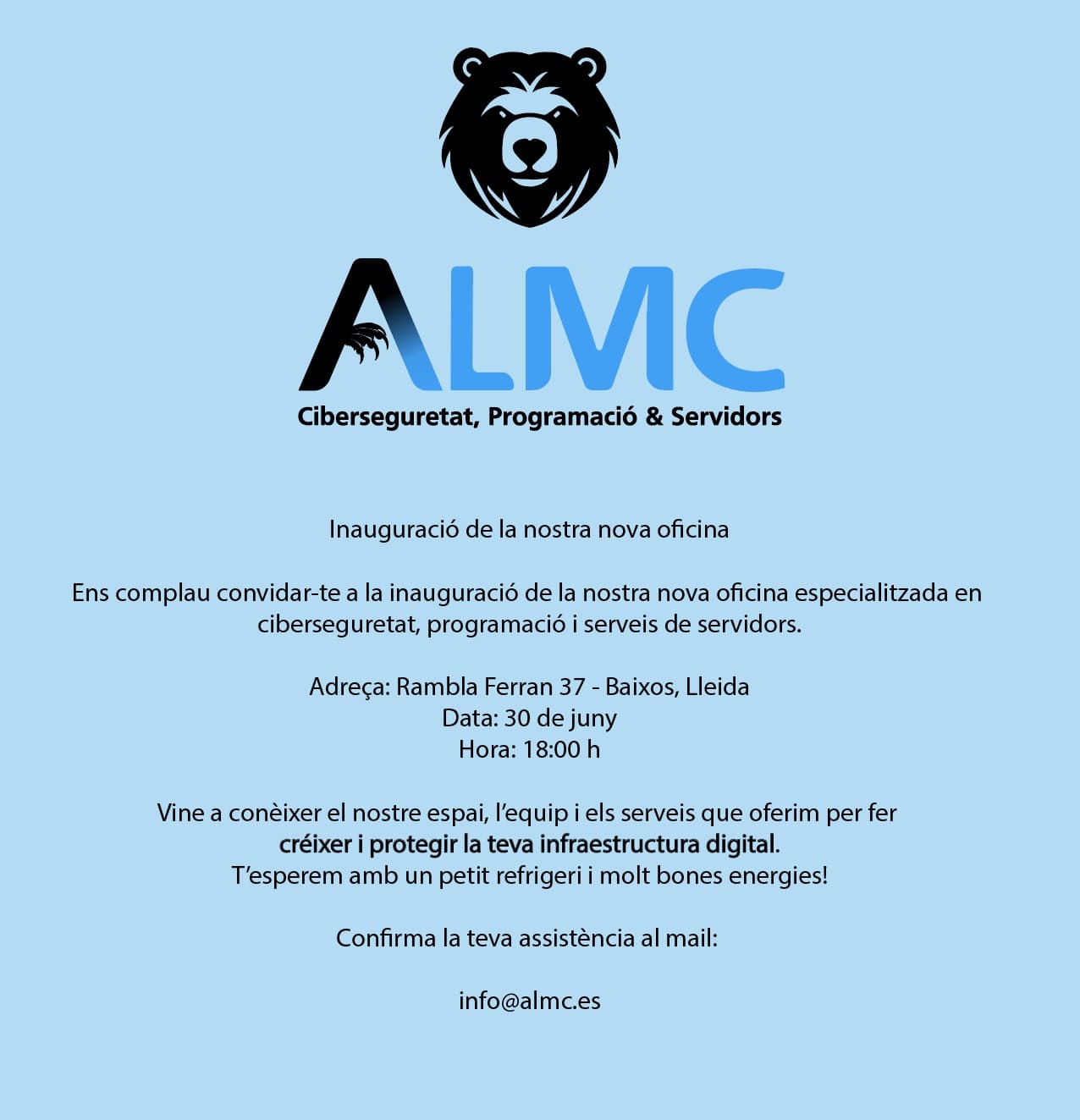@mkusaka/mcp-server-slack-notify
MCP server for sending notifications to Slack using OAuth bot tokens.
Features
- Send formatted messages to Slack channels with title and description
- Mention specific users automatically with the mention parameter
- Support for Slack's markdown formatting
- Clean message formatting with optional header
- TypeScript support with full type safety
Installation
npm install @mkusaka/mcp-server-slack-notify
# or
pnpm add @mkusaka/mcp-server-slack-notify
Configuration
Creating a Slack App
-
Create a new Slack app
- Go to https://api.slack.com/apps
- Click "Create New App"
- Choose "From scratch"
- Enter your app name (e.g., "MCP Notification Bot")
- Select your workspace
- Click "Create App"
-
Configure OAuth scopes
- In your app settings, navigate to "OAuth & Permissions" in the sidebar
- Scroll down to "Scopes" section
- Under "Bot Token Scopes", click "Add an OAuth Scope"
- Add the following scope:
chat:write- Required for sending messages
-
Install the app to your workspace
- Stay on the "OAuth & Permissions" page
- Click "Install to Workspace" at the top
- Review the permissions and click "Allow"
- You'll be redirected back to the OAuth & Permissions page
-
Get your Bot Token
- After installation, you'll see a "Bot User OAuth Token" on the OAuth & Permissions page
- It starts with
xoxb- - Copy this token - you'll need it for the
SLACK_BOT_TOKENenvironment variable
-
Invite the bot to channels
- In Slack, go to the channel where you want to send notifications
- Type
/invite @YourBotName(replace with your bot's name) - Or click the channel name → "Integrations" tab → "Add apps" → Select your bot
Environment Variables
Set the following environment variables:
SLACK_BOT_TOKEN(required): Your Bot User OAuth Token from step 4SLACK_DEFAULT_CHANNEL(optional): Default channel for notifications (e.g.,#general)SLACK_MENTIONS(optional): Default user IDs to mention in all messages (e.g.,U1234567890,U0987654321)
Usage with Claude Desktop
Add to your Claude Desktop configuration:
{
"mcpServers": {
"slack-notify": {
"command": "npx",
"args": ["-y", "@mkusaka/mcp-server-slack-notify@latest"],
"env": {
"SLACK_BOT_TOKEN": "xoxb-your-token-here",
"SLACK_DEFAULT_CHANNEL": "#general",
"SLACK_MENTIONS": "U1234567890,U0987654321"
}
}
}
}
Usage with Claude Code
You can add this MCP server to Claude Code using the following command:
claude mcp add slack-notify -e SLACK_BOT_TOKEN=xoxb-your-token-here -e SLACK_DEFAULT_CHANNEL=#general -e SLACK_MENTIONS=U1234567890,U0987654321 -- npx -y @mkusaka/mcp-server-slack-notify@latest
Or if you have the package installed globally:
# Install globally first
npm install -g @mkusaka/mcp-server-slack-notify
# Then add to Claude Code
claude mcp add slack-notify -e SLACK_BOT_TOKEN=xoxb-your-token-here -e SLACK_DEFAULT_CHANNEL=#general -e SLACK_MENTIONS=U1234567890,U0987654321 -- mcp-server-slack-notify
To add with user scope (available across all projects):
claude mcp add --scope user slack-notify -e SLACK_BOT_TOKEN=xoxb-your-token-here -e SLACK_DEFAULT_CHANNEL=#general -e SLACK_MENTIONS=U1234567890,U0987654321 -- npx -y @mkusaka/mcp-server-slack-notify@latest
Available Tools
send_slack_notification
Sends a notification to a Slack channel.
Parameters:
channel(optional): The Slack channel (e.g., #general or C1234567890)title(optional): The notification title (if provided, displays with header formatting)description(required): The notification body (supports Slack markdown)mention(optional): User ID(s) to mention. Can be a single user ID (e.g., U1234567890) or multiple IDs separated by commas (e.g., U1234567890,U0987654321)
Formatting Guide
The description field supports Slack's mrkdwn formatting:
- Mentions:
- User:
<@U1234567890>(use the user's ID) - Channel:
<#C1234567890>(use the channel's ID) - @here:
<!here> - @channel:
<!channel> - User groups:
<!subteam^S1234567890>(use the subteam's ID) - Note: When using the
mentionparameter orSLACK_MENTIONSenvironment variable, user mentions are automatically added at the beginning of the message
- User:
- Text formatting:
- Bold:
*bold text* - Italic:
_italic text_ - Strikethrough:
~strikethrough text~ - Code:
`inline code` - Code block:
```code block``` - Quote:
> quoted text - Link:
<https://example.com|Link text>
- Bold:
Development
# Install dependencies
pnpm install
# Run tests
pnpm test
# Build
pnpm build
# Run in development mode
pnpm start
# Debug with MCP Inspector
pnpm debug
Testing
The project includes comprehensive tests using Vitest with mocked Slack API calls.
# Run tests
pnpm test
# Run tests in watch mode
pnpm test:watch
License
MIT




